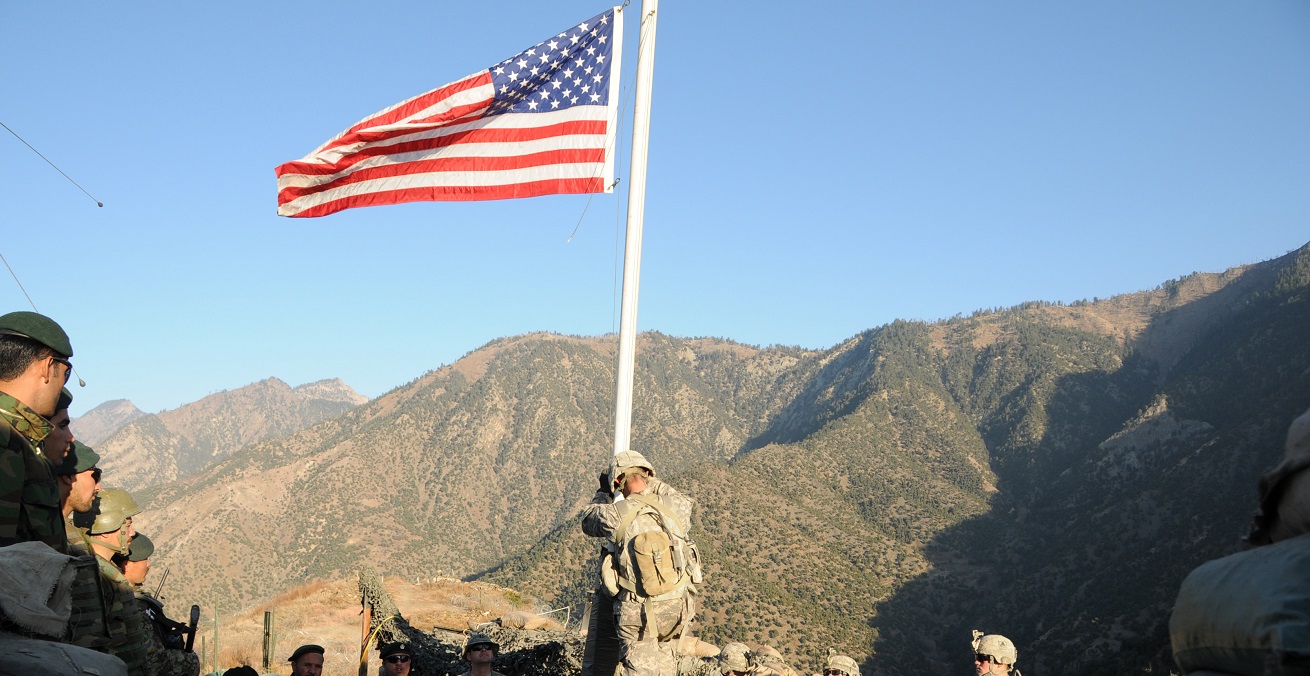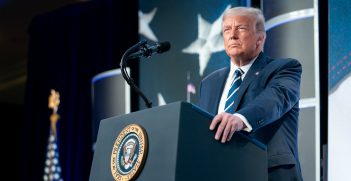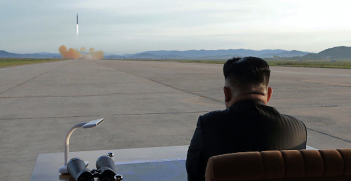Afghanistan Reconciliation: Looking For Light at the End of the Tunnel

As the war in Afghanistan enters its 17th year and with NATO this week promising 3,000 additional troops, the new US strategy may provide a glimmer of hope for a long-term solution but the obstacles are significant.
Retired US general and former commander of the International Security Assistance Force-Afghanistan (ISAF-A) during 2009-10, Stanley McCrystal, has joined other serving and former US officials to publicly acknowledge the failure of the past strategy in Afghanistan and recognise the formidable challenges ahead to achieve success. In an article co-authored by McCrystal in the current issue of Foreign Affairs, his gloomy outlook is “today, anything that feels like success looks more distant than ever” but he sees the new US strategy for Afghanistan announced by President Donald Trump on 21 August as “the only viable option”, which he describes as “largely more of the same”, only doing it better.
While recognising the critical situation in Afghanistan and the gravity of future challenges, senior Afghan and US/NATO officials in Kabul are cautiously optimistic that the new US strategy, ultimately, will deliver the qualified outcome that Trump seeks: a durable government in Afghanistan not dominated by the Taliban, and the prevention of Afghanistan being used again as a base for international terrorism. But the context of that optimism can best be described as a glow at the tunnel’s entrance rather than any light at its end. The timeframe for any such outcome is long term.
Militarily, there are several positives. The first relates to the Taliban and the expectation by some —hope by others— of not only continuing to contain the spread of their influence from the current stalemate scenario, but eventually reversing their influence and compelling them to the reconciliation table.
One major driver is Trump’s change from a time-based to conditions-based strategy, undercutting the Taliban strategy of waiting out and exploiting the patience of the US and its NATO allies. Assuming Trump stays with this strategy during his presidency, we are talking of a further duration of between three and seven years.
Another related driver is Trump’s strategy to also commit an additional 3,000 US forces, and to give local US commanders the discretion to deploy their forces in a more direct combat role. Specifically, this is expected to result in a rapid, significant increase in direct fixed and rotary wing air and artillery support from its existing level (the first nine months of 2017 being the lowest level of coalition support since the Afghanistan National Defence and Security Force [ANDSF] took over national security responsibility in 2015), and the forward deployment of US advisers with ANDSF combat units, especially special forces units.
NATO and allied countries have also committed modest additional forces, including a further 30 from Australia. However, while Australian forces will continue to provide important support to the ANDSF, primarily in the areas of training and development of both officers and senior non-commissioned officers and, with effect from 2018, a chief mentoring role for the security of Kabul, it will not extend to the new level of US direct combat support.
In the short to medium term, the combination of the above two drivers means tougher times ahead for the Taliban, especially through increased ANDSF/US offensive targeting generally, and their higher vulnerability should they attempt further large-scale attacks against major population centres.
In quantifying the significance of the above, US/NATO officials in Kabul claim that despite 2017 being an annus horribilis for the ANDSF, they suffered no major strategic reversals and the Taliban made no major strategic gains. One related subtlety is that from this low base, things can only improve for the ANDSF.
A second positive, which may have some short-term effects, but more probably medium-term effects, is reducing direct and indirect support to the Taliban from and through Pakistan. In his strategy announcement, Trump spoke bluntly about the need for Pakistan to demonstrate its commitment to his Afghan strategy by ceasing immediately to harbour Taliban and other terrorists. Other senior US officials have referred to continuing direct support to the Taliban by Pakistan’s Inter-Services Intelligence (ISI) agency, and the Pakistanis turning a blind eye to indirect financial and other support from Middle East countries transiting through Pakistan to the Taliban.
Since August, US Secretary of Defense Jim Mattis, Secretary of State Rex Tillerson, and US Chairman of the Joint Chiefs General Joseph Dunford, have visited Islamabad to stress the importance of its commitment, and potential consequences if not acted upon. Mattis reportedly told the US House Armed Services Committee on 3rd October that ”we need to try one more time … with and through [Pakistan] and if our best efforts fail, the president is prepared to take whatever steps are necessary”. The US has reached this point with Pakistan before, without much success. But a new president may mean a new opportunity to implement change. Additionally, unlike many before him, Pakistan’s Army Chief, General Qamar Javed Bajwa, is not a former head of the powerful Inter-Services Intelligence Directorate (ISI) and therefore may not be subject to the same restrictions as his predecessors.
A third positive is the anticipated long-term success of developing the overall capability of the ANDSF. This involves a mix of major changes across key areas including rejuvenation of leadership through the replacement of hundreds of older officers with new and better leaders; improved planning and tactics; developing new air combat and logistic support capabilities; better coordination and unity of effort between the ministries of defence, interior and intelligence; and the reduction of corruption across all elements of the ANDSF, especially within the police.
While the prospect of these developments may not dissuade all Taliban to come to the table, during a recent press interview in Afghanistan, Tillerson made it clear he believed reconciliation would appeal to Taliban moderates, but gave no indication of a likely timeframe in which this might happen.
While the focus of engagement with the Taliban is in large part working towards reconciliation, it is also directed at persuading the Taliban to join in common-interest targeting of the remnants of al-Qaeda, and the growing threat in Afghanistan of Islamic State (IS). The common interest here is that while the focus of most Taliban is domestic, that of al-Qaeda and IS is international; hence the conflict of interests. According to private US sources, this conflict of interest and common threat has resonated with many Taliban. Part of the Afghan/US/NATO strategy is to seek a means to work Taliban targeting of both terrorist groups into or in parallel with the reconciliation process.
On the political, economic and societal front, there has been little real progress as yet in winning the hearts and minds of the Afghans generally to achieve the political outcome that both President Ashraf Ghani and Trump seek. However, while the unity government remains highly fragile, Ghani appears secure in the job, at least while he has the support of Trump and the administration’s senior security advisers. In as much as there is any political stability in Afghanistan, it is probably as good as it could be for now.
Ian Dudgeon is an AIIA presidential associate and former AIIA ACT Branch president. He regularly reports on Afghanistan.
This article is published under a Creative Commons Licence and may be republished with attribution.





